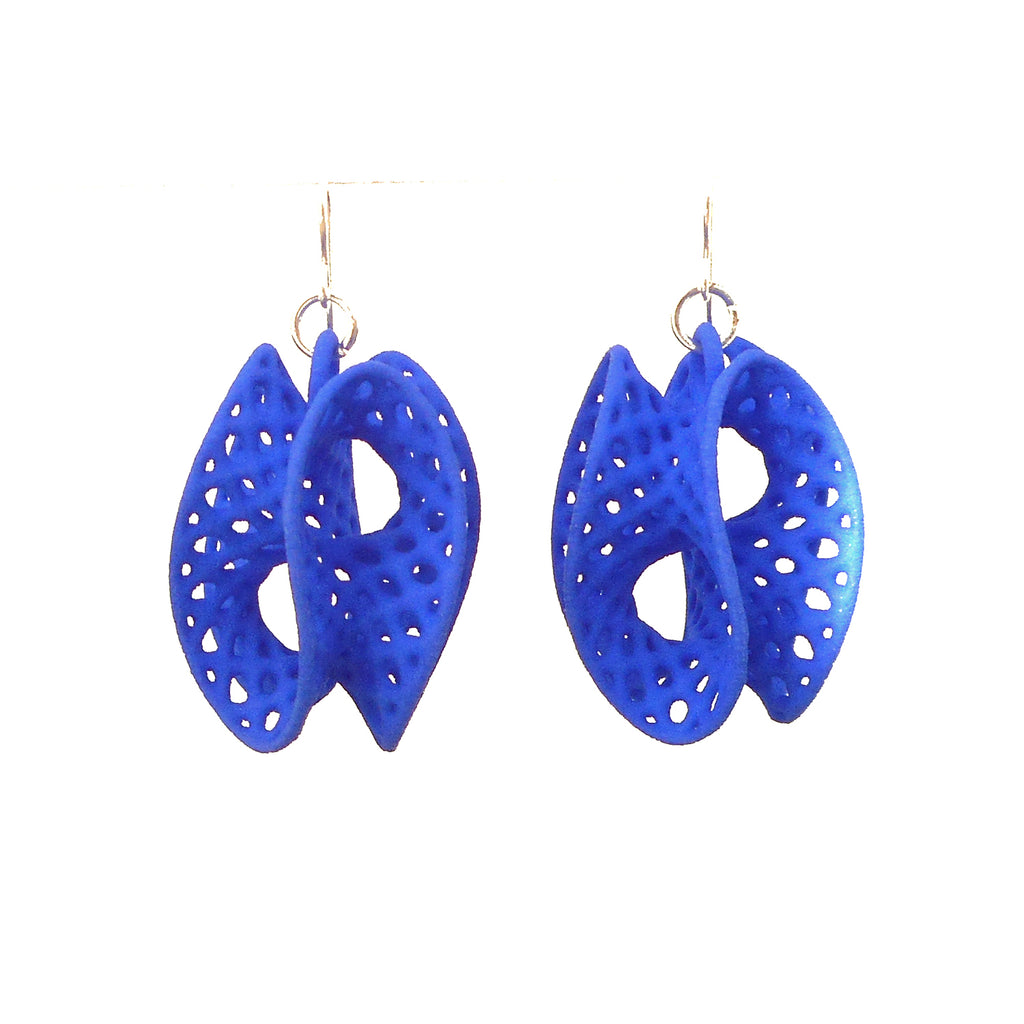
TRIPLY TWISTIT MOBIUS SPACE HOW TO
And the second was a tutorial on how to create the shape in a tool called Wings 3D, which opened my eyes to the simplicity behind it: a twisted and bend cylinder with the center part missing (⊙.⊙) I’m not sure if that’s really the “official” name, but I eventually found two videos that were invaluable: The first is an explanation by Professor Carlon Séquin on the math behind the twisted torus shape. The only hint that I had was that Jotero named it a “Triply Twisted Torus”, and thus I started looking into that phrase. The “Triply Twisted Torus” - Image by Jotero And while browsing through a forum in which Jotero posted his work I came across the following shape and knew I would really like to recreate it (but then with a hexagonal mesh across its surface): I slowly started to converge to the idea of some sort of twisted circular shape. Here you can see some examples while this page has some great explanations. I did get into a rabbit-hole of looking into Scherk Minimal Surfaces for a bit. However, most of those have bit-rotted away over the past decade it seems. There is (again) virtually no explanation to be found on there, except for some tools that were used. I started looking into other math related art, and found my way to the website of Jotero and damn that was just inspirational beyond words! Even more when I realized that all of their work was done more than 10 years ago! (⊙.⊙) But definitely something I wouldn’t mind going into in the future. The curve has a Normal-field, that gives us the orientation for the disc." Which I sadly don’t understand (enough), and I don’t think I have the time to dive into this, since I’m not that sure that the resulting shapes are (easily) 3D-printable.

Perhaps the third dimension is hard to make look interesting? I did find this crazy inspirational gallery of examples that the author describes as 3D spirographs, but only provides a one-liner of explanation: “Like in the classical setup, we have a point on a disc running along a curve, but in this setup we use a closed space-curve instead of a circle. However, after some searching I couldn’t find much about this. My first thought was to see if I could make a 3D spirograph based design. This also reminds me of the amazing Quin lamp by Bathsheba Grossman, which was the first 3D printed item that I ever saw to make me want to start 3D printing myself. I love working with (simple) geometric forms and beauty created from math, and since a main part of our assignment this week was to make a design that could not be made using subtractive means, I thought something with twists and/or holes would be an interesting direction. A pendant, earrings, a ring, something along those lines. But only go for something that was small and not higher than ~2-3cm, because the printing just takes so damn long! ( ̄□ ̄)Īnd so I quickly settled on wanting to make something that could be worn as jewelry. I do quite hate taking selfies, but with jewelry I had better show how it looks right ┐( ̄ヮ ̄)┌ DesignĪfter the giant “ball” I made during the Computer-Controlled Cutting week, our instructor, Henk warned me a few days before this 3D printing week started to not think too big, literally. Showing some final results of my small “jewelry & trinkets” collection for the tl dr and hopefully showing you why the rest of this very long blog could be interesting to read (⌐■_■) 3D scan an object (and optionally print it).Design and 3D print an object (small, few cm3, limited by printer time) that could not be made subtractively.Group assignment: test the design rules for your 3D printer(s).


TRIPLY TWISTIT MOBIUS SPACE SOFTWARE
It was also a lot more about properly preparing my design in the slicer software and learning how to work with the printer (than the design itself). I definitely focused on the printing part almost exclusively, because I found it much more interesting to go from a design on the computer to a physical object. Learning how to work with 3D printers and 3D scanners.


 0 kommentar(er)
0 kommentar(er)
